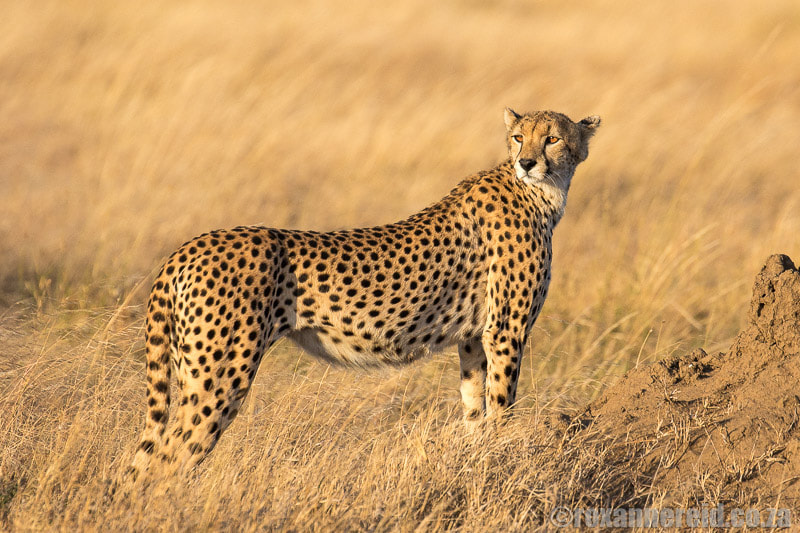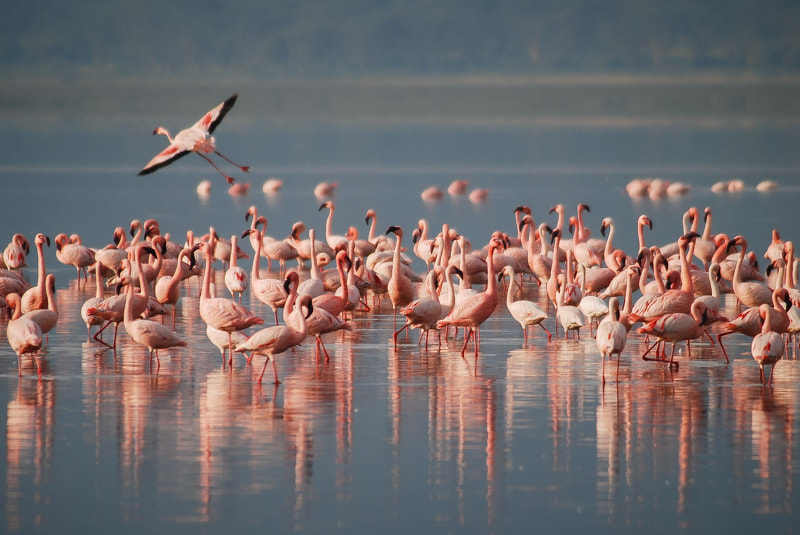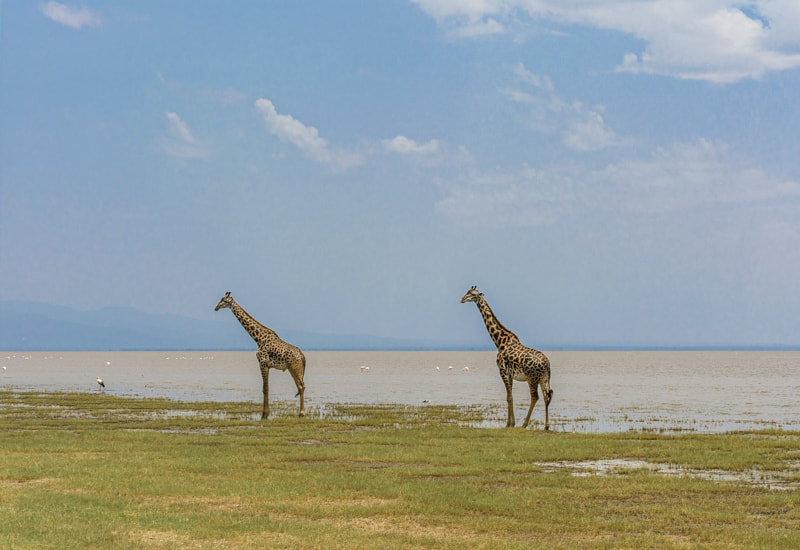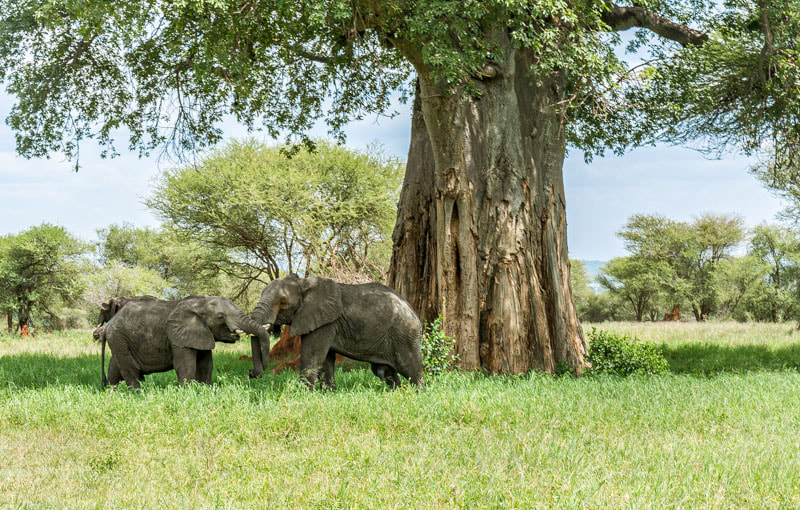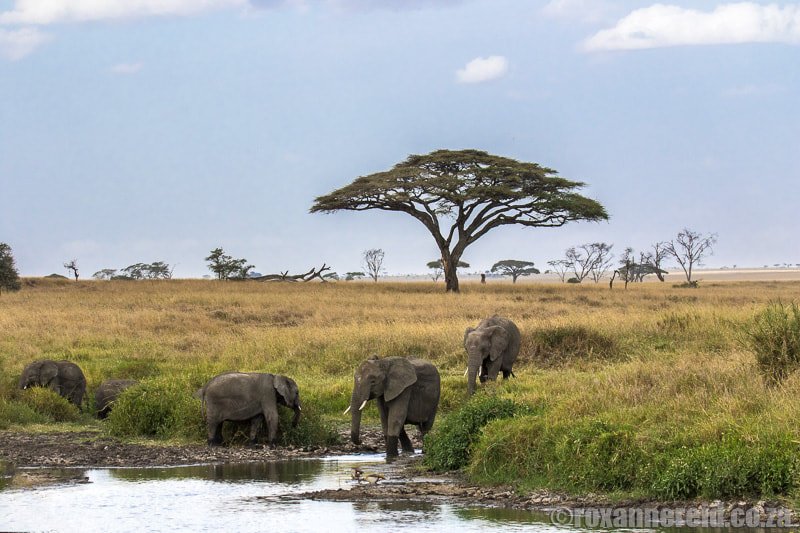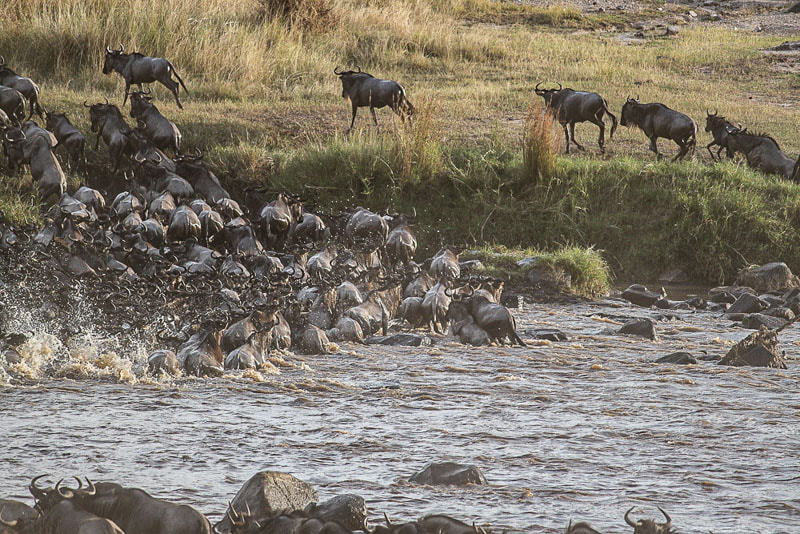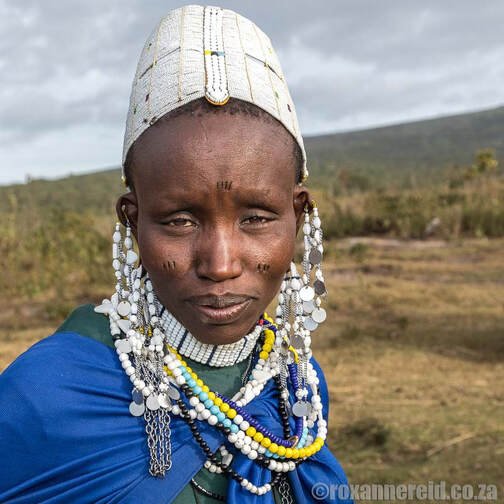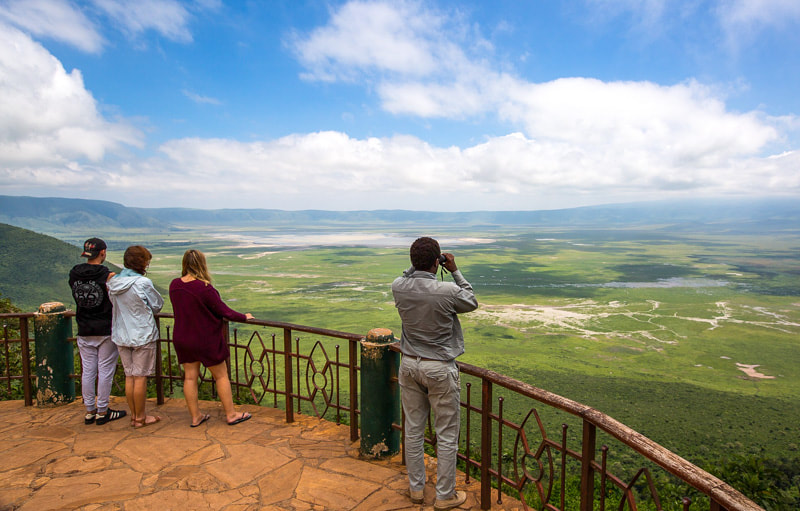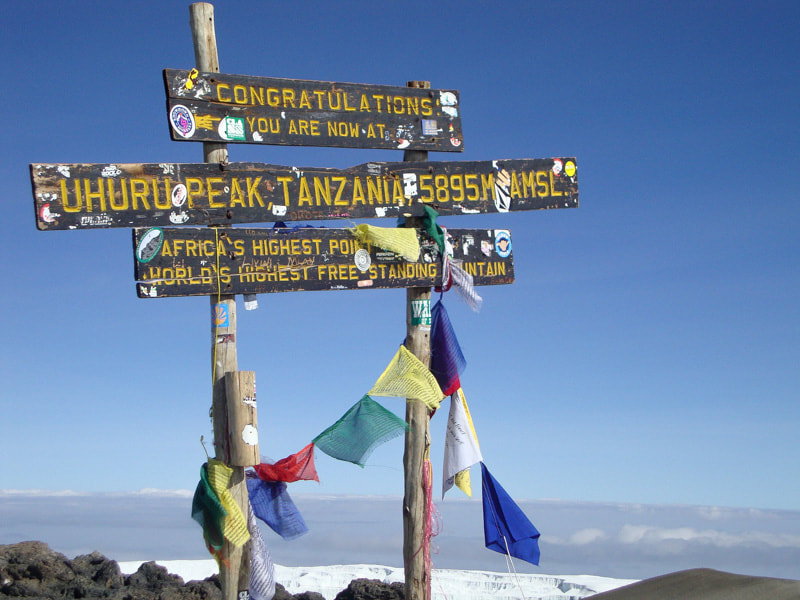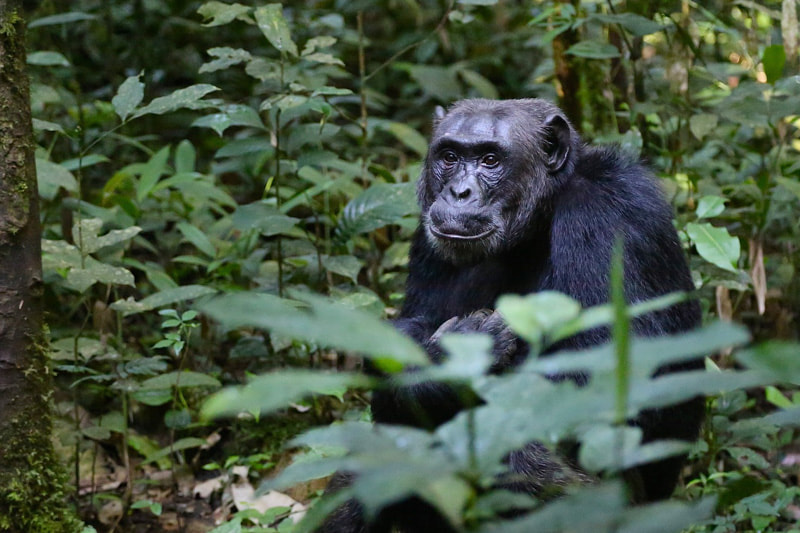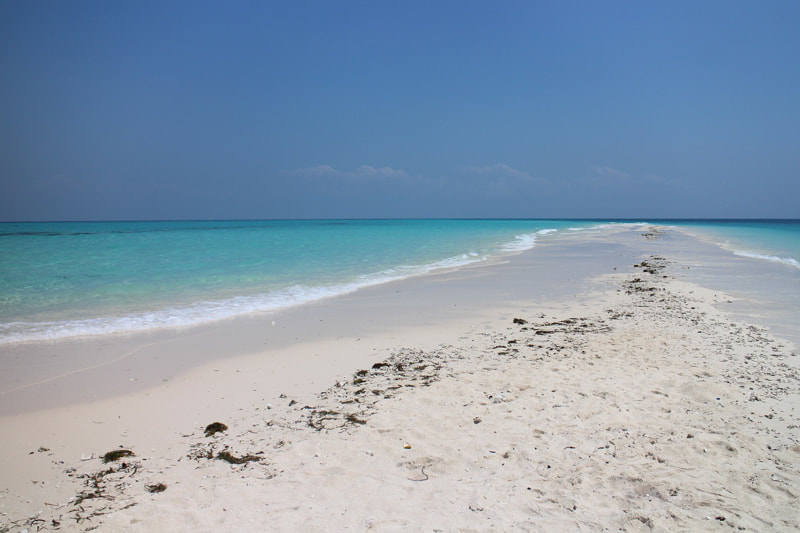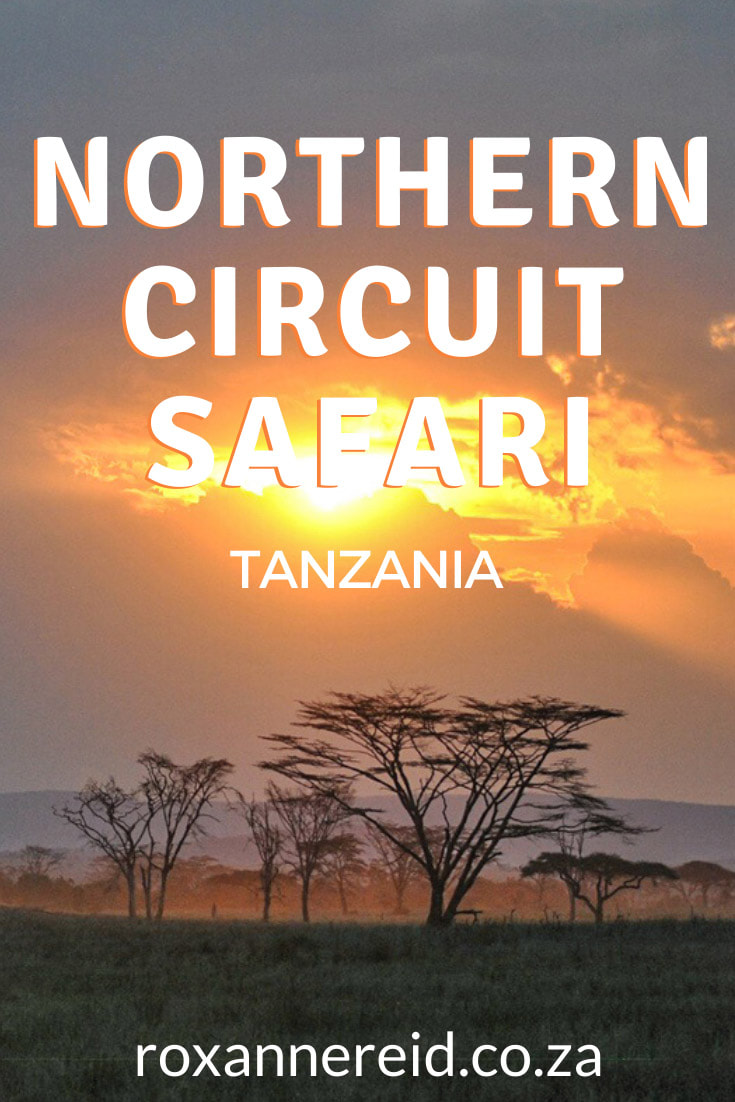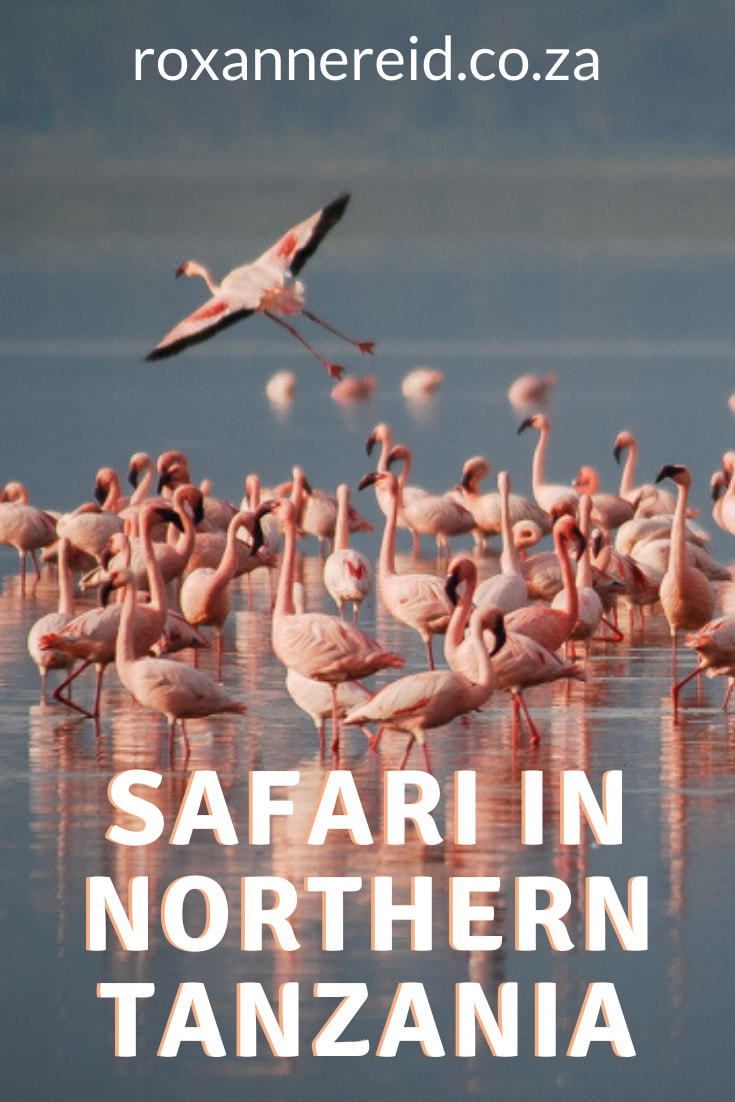By Roxanne Reid
Tanzania in East Africa is one of the world’s best safari destinations, offering grasslands and savannah peppered with acacias and vast lakes, a snow-topped peak and a wealth of wildlife. The Serengeti and the Great Wildebeest Migration are the most famous, but there are lots more things to do on safari on the Northern Circuit, Tanzania.
Tanzania in East Africa is one of the world’s best safari destinations, offering grasslands and savannah peppered with acacias and vast lakes, a snow-topped peak and a wealth of wildlife. The Serengeti and the Great Wildebeest Migration are the most famous, but there are lots more things to do on safari on the Northern Circuit, Tanzania.
Since Tanzania is a vast country, it’s hard to do and see everything on a single two-week safari. That’s why it’s generally divided into two: the popular Northern Circuit that includes Serengeti and Ngorongoro, and the less touristed Southern Circuit, which includes the Ruaha and Selous national parks. Here’s a guide to some of the highlights of a Northern Circuit safari.
1. Lake Natron
Safaris in Northern Tanzania start from the town of Arusha. If you have time, it’s worth making a side trip from here to the salt Lake Natron, which is a Ramsar Wetland of International Importance. The reason to visit this otherwise inhospitable place where temperatures reach 40 degrees Celsius and pH levels can be more than 12 is that it’s a regular breeding area for millions of lesser flamingos, which feed on blue-green algae. In fact, some 75% of all lesser flamingos in the world are born here. It’s a good place for them to breed because the caustic environment keeps their nests safe from predators. Greater flamingos also breed on the mud flats. The best time to see the flamingos at Lake Natron is from June to November.
2. Lake Manyara National Park
2. Lake Manyara National Park
Lake Manyara National Park may not be Tanzania’s most famous park, but it’s worth at least a day trip or overnight stay from Arusha on the way to Ngorongoro and Serengeti. Come to enjoy the diversity of habitats, from a Rift Valley soda lake to woodlands and mountains. Established in 1960 to protect the area’s elephant herds, it’s perhaps best known today for the thousands of pink flamingos that flock to the lake shore, and for its tree-climbing lions. Other mammals you might see here include buffalo, leopard, cheetah, Maasai giraffe, zebra and the tiny dik-dik antelope. Birding is also good, with some 400 species in the park.
3. Tarangire National Park
3. Tarangire National Park
Tarangire National Park is the place to see the biggest elephant herds on a Tanzania safari. It’s also known for its high numbers of the unusual baobab trees; the presence of these huge trees and of elephants means the park is sometimes referred to as the ‘land of giants’. Other animals you might see include predators like lion, leopard, cheetah and wild dog, as well as herbivores like buffalo, zebra and wildebeest. Hills, valleys and rivers make for a landscape that’s appealing to the eye. Tarangire is quieter than both the Serengeti and Ngorongoro Conservation Area so ideal for a less hectic safari that is still full of amazing wildlife sightings, especially if you visit in the dry months between June and October.
4. Serengeti National Park
4. Serengeti National Park
The massive Serengeti National Park is one of East Africa’s classic safari destinations, the place to find the Big Five, more than 500 bird species and the famous Great Wildebeest Migration (see point 5). The park is a UNESCO World Heritage Site. Big cat sightings (lion, leopard and cheetah) are common, as are elephant and buffalo. Game viewing is good all year round, but the best time for a Serengeti safari is probably from June to October. Surrender to the beauty of rolling plains, umbrella trees and giant rock outcrops. If you have deep pockets, treat yourself to a dreamy hot air balloon ride over the plains and look down on the herds below.
5. The Great Wildebeest Migration
5. The Great Wildebeest Migration
Millions of wildebeest and zebras migrating in a cloud of dust across the Serengeti – it’s a scene straight out of National Geographic and one of the top reasons people visit this national park. The animals migrate from southern Tanzania north towards Kenya and back again in an annual cycle, starting after the calving season in April/May. By peak migration/rutting season in July and August, the herds are in the northwestern Serengeti. From here they cross the river into Kenya’s Masai Mara between July and October. Make sure you book at a camp near where the action is likely to be in the month you visit, though of course nothing is guaranteed in nature. Africa’s great migration really is one of the greatest wildlife shows on earth, and definitely one of the best Tanzania safari holidays.
6. Maasai cultural visit
6. Maasai cultural visit
Don’t miss a chance to engage with the local Maasai people who have lived in this part of Tanzania for hundreds of years. Visit a Maasai village to learn about their culture, traditions and lifestyle. Discover the high value the Maasai place on cows and other livestock, find out how they build their homes, and learn about their marriage customs. It’s also huge fun to listen to their songs and watch their traditional dancing and high jumping. To avoid highly commodified interactions, look for operators that practise responsible tourism; ask how their interactions directly benefit the local community in a sustainable and ethical manner.
7. Olduvai Gorge
Between Ngorongoro and Serengeti, you’ll find the important paleoanthropological site of Olduvai Gorge (also spelled Oldupai or Olduwai). This 48km long steep-sided ravine is where Mary and Louis Leaky discovered human fossils and tools from some two million years ago, and is a must for anyone interested in the origins of man. The discoveries included fossil remains of more than 60 hominins (human ancestors) and expanded our knowledge of human evolution. Today, Olduvai forms part of the Ngorongoro Conservation Area, which is a UNESCO World Heritage Site.
8. Ngorongoro Conservation Area
7. Olduvai Gorge
Between Ngorongoro and Serengeti, you’ll find the important paleoanthropological site of Olduvai Gorge (also spelled Oldupai or Olduwai). This 48km long steep-sided ravine is where Mary and Louis Leaky discovered human fossils and tools from some two million years ago, and is a must for anyone interested in the origins of man. The discoveries included fossil remains of more than 60 hominins (human ancestors) and expanded our knowledge of human evolution. Today, Olduvai forms part of the Ngorongoro Conservation Area, which is a UNESCO World Heritage Site.
8. Ngorongoro Conservation Area
The Ngorongoro Conservation Area includes the world’s largest intact volcanic caldera (crater) and is home to a diversity of wildlife, including some 25 000 large animals like lion, leopard, black rhino, elephant, buffalo, eland and gazelles. Don’t expect to see giraffe on the crater floor, although they do occur in the denser patches along the edge. Rhino, buffalo, elephant and leopard also stick to the higher bushy areas. The annual wildebeest and zebra migration (see point 5) also passes through Ngorongoro. More than 500 species of birds have been recorded in the area, including flamingos and pelicans that flock to Lake Magadi on the crater floor.
9. Mount Kilimanjaro
9. Mount Kilimanjaro
The snow-tipped Mount Kilimanjaro is one of the most striking landmarks in the country and a great add-on to your Northern Tanzania safari. Enjoy the view of Africa’s highest peak from a distance or get fit and climb to the summit for one of the most rewarding sunrises you’ll ever see. You don’t need special climbing equipment for Kilimanjaro trekking but it’s a gruelling hike of five to nine days, depending on which route you take and how long you need to acclimatise to the altitude. The best months to plan your Kilimanjaro trek are July and August when it is dry. September, October, January and February are also good and slightly less busy, but avoid the rainy months of March, April, May and November.
10. Gombe National Park
10. Gombe National Park
Although it’s not officially part of Tanzania’s Northern Circuit, Gombe National Park (also known as Gombe Stream National Park) is in the north west, on the shores of Lake Tanganyika 20km north of Kigoma. It’s one of Tanzania’s smallest parks, but makes a great add-on to your Northern Circuit safari if you’re a fan of primatologist Jane Goodall, who spent many years in the forests here studying chimpanzees. Take a guided walk into the forest to watch these fascinating primates. Other species you might see include olive baboons, red colobus, blue-tailed and vervet monkeys, small antelope and bush pigs. Keep your eyes peeled for a variety of tropical birds. Note that the park is only accessible by boat along the lake.
Best time for safari in Tanzania
The best time for a safari in Tanzania is during the dry season, which is from June to October. This is when animals gather at water sources and the vegetation is less thick so animals are easier to spot and photograph.
Add on a Zanzibar beach break
Best time for safari in Tanzania
The best time for a safari in Tanzania is during the dry season, which is from June to October. This is when animals gather at water sources and the vegetation is less thick so animals are easier to spot and photograph.
Add on a Zanzibar beach break
A popular add-on for your Tanzania holidays is a Zanzibar safari or beach break on this semi-autonomous island off the Tanzanian coast. Immerse yourself in culture in the ancient city of Stone Town (a UNESCO World Heritage Site), go on a spice tour, sail on a traditional dhow, go snorkeling or diving to experience the underwater wonders, or simply laze on the white sand beaches and enjoy the turquoise sea.
Like it? Pin this image!
Like it? Pin this image!
You may also enjoy
10 reasons to visit the Serengeti in Tanzania on safari
Best African safari holidays: 7 parks everyone should visit
Best Botswana game reserves for a wildlife safari
Copyright © Roxanne Reid - No words or photographs on this site may be used without permission from roxannereid.co.za
10 reasons to visit the Serengeti in Tanzania on safari
Best African safari holidays: 7 parks everyone should visit
Best Botswana game reserves for a wildlife safari
Copyright © Roxanne Reid - No words or photographs on this site may be used without permission from roxannereid.co.za
